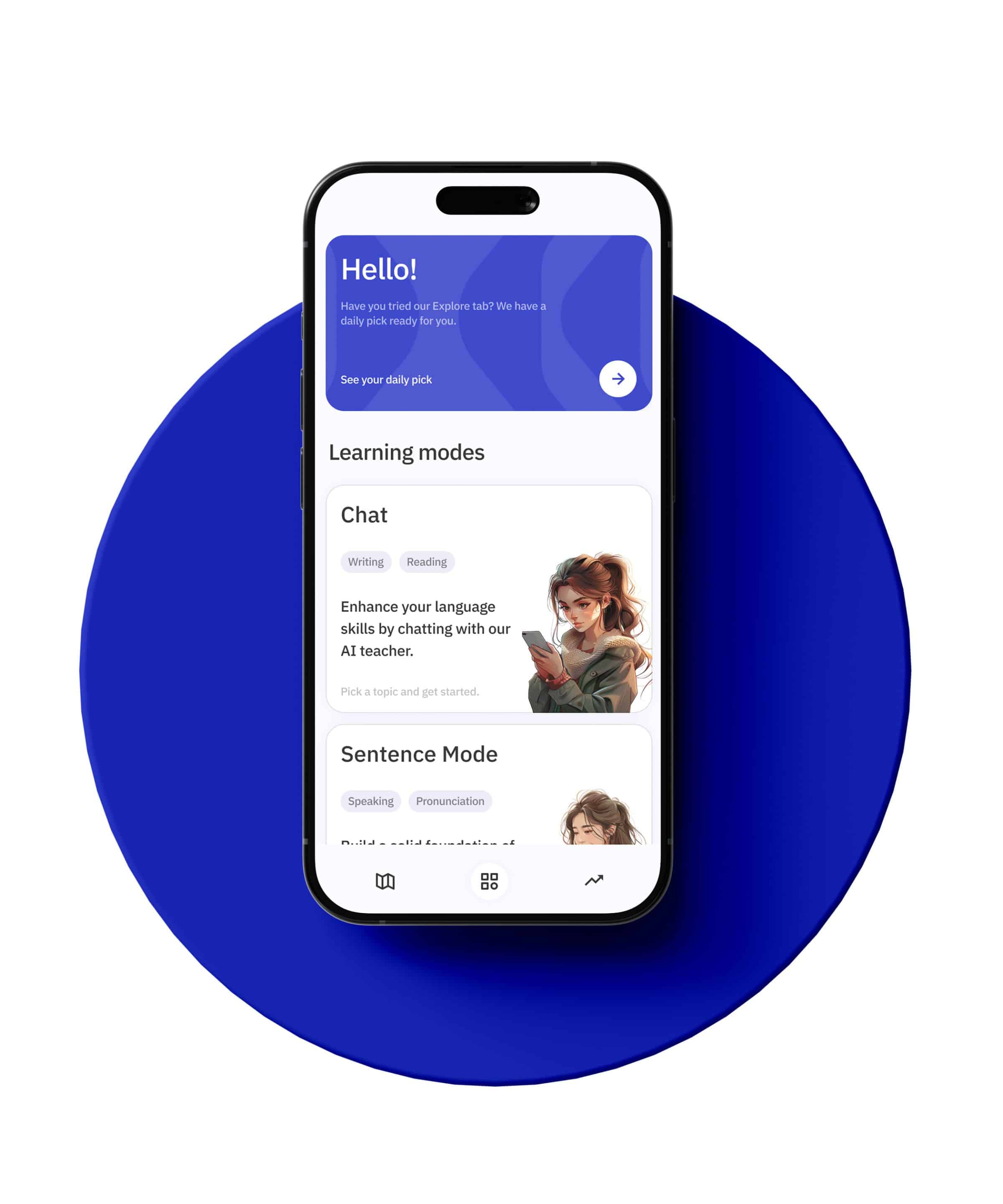Learning Icelandic can be a deeply rewarding experience, given its rich history and unique linguistic features. One crucial aspect of mastering Icelandic is understanding how conjunctions work, especially those indicating time. Conjunctions play a significant role in connecting clauses and providing a temporal framework for events and actions. This article will delve into the various Icelandic conjunctions that indicate time, offering detailed explanations and practical examples to aid your learning journey.
Understanding Icelandic Conjunctions
Conjunctions are words that connect phrases, clauses, or sentences. They are essential for creating complex sentences and providing a logical flow to your speech and writing. In Icelandic, conjunctions can be categorized into several types, but for this article, we will focus on those that indicate time, also known as temporal conjunctions.
Common Temporal Conjunctions in Icelandic
Temporal conjunctions help specify when an action occurs. Here are some of the most commonly used temporal conjunctions in Icelandic:
1. **Þegar** (When)
2. **Á meðan** (While)
3. **Eftir að** (After)
4. **Áður en** (Before)
5. **Síðan** (Since)
6. **Þangað til** (Until)
Let’s explore each of these conjunctions in detail, examining their usage and providing examples to illustrate their functions.
Þegar (When)
The conjunction **þegar** is used to indicate that one event happens at the same time as another. It is equivalent to the English word “when.”
Example:
– **Þegar** ég kom heim, var kvöldmaturinn tilbúinn.
– (When I came home, dinner was ready.)
In this sentence, **þegar** connects the action of coming home with the state of the dinner being ready, indicating that both events occurred simultaneously.
Usage Tips for Þegar
– **Þegar** is typically used in the present and past tenses to denote simultaneous events.
– It can be used in both main clauses and subordinate clauses.
Example:
– Ég les bók **þegar** ég hef tíma.
– (I read a book when I have time.)
In this example, **þegar** connects the action of reading a book with having time, implying that the reading happens during the time available.
Á Meðan (While)
The conjunction **á meðan** is used to indicate that one event happens during the same period as another. It is similar to the English word “while.”
Example:
– Ég læri íslensku **á meðan** ég bíð eftir strætó.
– (I study Icelandic while I wait for the bus.)
In this sentence, **á meðan** connects the action of studying Icelandic with waiting for the bus, indicating that both actions are happening concurrently.
Usage Tips for Á Meðan
– **Á meðan** is often used to describe actions that occur simultaneously but are not necessarily related to each other.
– It is commonly used in the present continuous tense.
Example:
– Hann horfir á sjónvarpið **á meðan** hún eldar kvöldmat.
– (He watches TV while she cooks dinner.)
Here, **á meðan** connects two independent actions, showing that they occur at the same time.
Eftir Að (After)
The conjunction **eftir að** is used to indicate that one event happens after another event has occurred. It is equivalent to the English phrase “after.”
Example:
– Við fórum í bíó **eftir að** við höfðum borðað kvöldmat.
– (We went to the cinema after we had eaten dinner.)
In this sentence, **eftir að** connects the action of going to the cinema with the prior action of eating dinner, indicating a sequence of events.
Usage Tips for Eftir Að
– **Eftir að** is used to describe events that occur in a specific sequence.
– It is often followed by a verb in the past perfect tense to indicate the completion of the first action.
Example:
– Ég fer í göngutúr **eftir að** ég klára verkefnið mitt.
– (I go for a walk after I finish my project.)
Here, **eftir að** connects the action of going for a walk with the completion of the project, indicating that the walk happens after the project is finished.
Áður En (Before)
The conjunction **áður en** is used to indicate that one event happens before another event occurs. It is similar to the English word “before.”
Example:
– Ég vakna alltaf snemma **áður en** ég fer í vinnuna.
– (I always wake up early before I go to work.)
In this sentence, **áður en** connects the action of waking up early with going to work, indicating that the waking up happens first.
Usage Tips for Áður En
– **Áður en** is used to describe events that occur in a specific order, with one action preceding another.
– It is often used with verbs in the present or past tense to indicate the sequence of events.
Example:
– Þú ættir að æfa þig **áður en** þú tekur prófið.
– (You should practice before you take the exam.)
Here, **áður en** connects the action of practicing with taking the exam, indicating that the practice should happen first.
Síðan (Since)
The conjunction **síðan** is used to indicate that one event has been happening continuously since another event occurred. It is equivalent to the English word “since.”
Example:
– Ég hef búið hér **síðan** ég var barn.
– (I have lived here since I was a child.)
In this sentence, **síðan** connects the ongoing state of living in a place with the point in time when the speaker was a child.
Usage Tips for Síðan
– **Síðan** is often used with the present perfect tense to indicate an action that started in the past and continues into the present.
– It can also be used with past tenses to describe actions that have been ongoing since a specific event.
Example:
– Við höfum ekki sést **síðan** skólinn byrjaði.
– (We haven’t seen each other since school started.)
Here, **síðan** connects the ongoing state of not seeing each other with the point in time when school started.
Þangað Til (Until)
The conjunction **þangað til** is used to indicate that one event will continue up to a certain point in time. It is similar to the English word “until.”
Example:
– Við verðum hér **þangað til** þú kemur aftur.
– (We will stay here until you come back.)
In this sentence, **þangað til** connects the ongoing state of staying here with the point in time when the person comes back.
Usage Tips for Þangað Til
– **Þangað til** is often used with future tenses to indicate that an action will continue up to a specific point in time.
– It can also be used with past tenses to describe actions that continued up to a certain point in the past.
Example:
– Ég beið **þangað til** rútan kom.
– (I waited until the bus came.)
Here, **þangað til** connects the action of waiting with the arrival of the bus, indicating that the waiting continued up to that point.
Practical Applications and Exercises
To truly master the use of temporal conjunctions in Icelandic, practice is essential. Here are some exercises to help solidify your understanding:
1. **Translation Practice**: Translate the following sentences into Icelandic using the appropriate temporal conjunctions.
– I will call you when I arrive.
– She has been working here since last year.
– They went out after they finished their homework.
– We will stay until the rain stops.
– He reads a book while he waits for his friend.
2. **Sentence Construction**: Create sentences in Icelandic using each of the temporal conjunctions discussed in this article. Pay attention to the sequence of events and the tenses used.
3. **Story Writing**: Write a short story in Icelandic that includes at least five temporal conjunctions. Focus on creating a clear timeline of events.
4. **Listening Practice**: Listen to Icelandic audio materials, such as podcasts or songs, and identify the temporal conjunctions used. Note how they connect different events and actions.
Conclusion
Understanding and using temporal conjunctions in Icelandic is a crucial step in achieving fluency. These conjunctions help create a clear and logical sequence of events, making your speech and writing more coherent and natural. By practicing the use of **þegar**, **á meðan**, **eftir að**, **áður en**, **síðan**, and **þangað til**, you will enhance your ability to express temporal relationships accurately in Icelandic.
Remember, language learning is a gradual process, and consistent practice is key. Incorporate these conjunctions into your daily conversations and writing exercises, and soon you will find yourself using them effortlessly. Happy learning!







